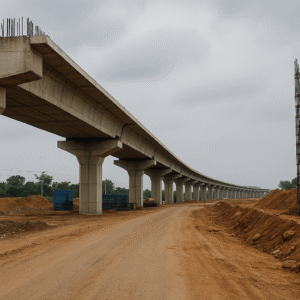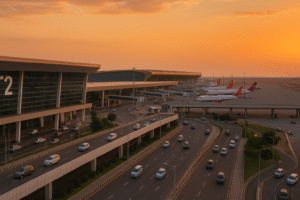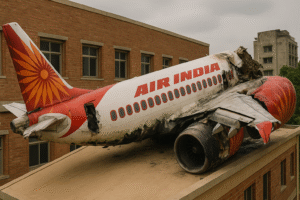Prime Minister Narendra Modi on Wednesday visited the victims of the Red Fort blast at Lok Nayak Jai Prakash (LNJP) Hospital shortly after returning from Bhutan. The Prime Minister interacted with the injured, enquired about their recovery, and was briefed by doctors and senior officials about their condition and the ongoing investigation.
“I met those injured in the Delhi blast and prayed for their swift recovery. Those behind this conspiracy will face the strictest punishment,” the Prime Minister said in a statement shared on social media.
Earlier, Union Home Minister Amit Shah had visited the same hospital on Monday to meet survivors and review the situation.
Investigators Probe Possible Republic Day Plot
According to officials, the November 10 high-intensity explosion near Red Fort Metro Station, which killed 12 people and injured several others, may have been part of a larger terror plan targeting the Republic Day celebrations in 2026.
A senior Delhi Police officer told PTI that preliminary analysis of mobile dump data retrieved from the phone of Dr. Muzammil Ganaie—one of the prime suspects in the recently busted “white-collar terror module” in Faridabad—indicates multiple reconnaissance visits to the Red Fort area earlier this year.
“His movements were detected around the Red Fort in the first week of January, suggesting the blast was initially planned for Republic Day,” the officer said.
Sources added that heightened security during Republic Day may have forced the conspirators to delay or alter their plan.
Suspects Under Scrutiny
Investigators revealed that both Dr. Muzammil Ganaie and his associate Dr. Umar Nabi—suspected to have driven the Hyundai i20 that exploded—visited the Red Fort area several times. Their movements were corroborated through CCTV footage and mobile tower locations, confirming detailed surveillance of the monument and surrounding areas.
Authorities are also tracking financial transactions and communication records linked to the suspects to uncover potential foreign funding and the network that facilitated the procurement of explosives.
“The suspects appear to be part of a digitally sophisticated module that relied on encrypted communication and meticulous surveillance,” an NIA official told The Times of India.
Security Tightened Nationwide
In the aftermath of the explosion, Delhi Police, NIA, and forensic teams have intensified searches in and around the national capital.
Airports, metro stations, and government buildings have been placed on high alert, with a special emphasis on VVIP routes ahead of upcoming national events.
The National Investigation Agency (NIA) has officially taken over the case for a comprehensive probe. Early findings suggest that the terror group behind the Red Fort blast may have conducted long-term reconnaissance to exploit vulnerabilities around high-security zones.
“The Red Fort–Rajpath corridor is among the most heavily guarded areas in Delhi. The fact that reconnaissance was attempted here reflects a worrying level of planning and intent,” officials noted.
Background: The Red Fort Blast
The explosion occurred on November 10, near the Red Fort Metro Station, when a Hyundai i20 car detonated, killing 12 people and injuring over 20. The blast caused severe damage to nearby vehicles and buildings, sparking widespread panic.
With investigations pointing toward a larger terror conspiracy, agencies are now racing to trace every digital and financial footprint that could reveal the true extent of the network behind the attack.
Originally published on 24×7-news.com.








